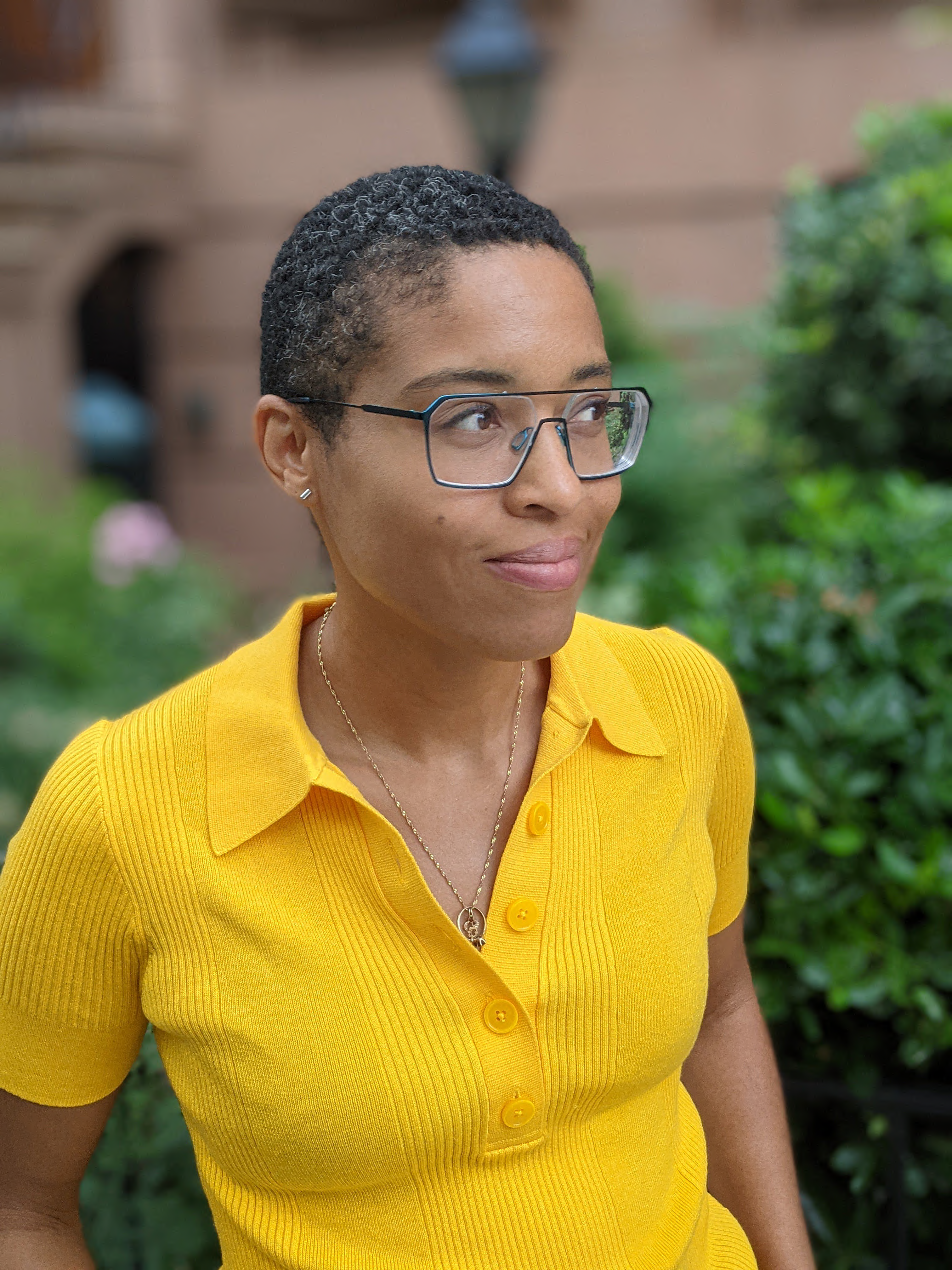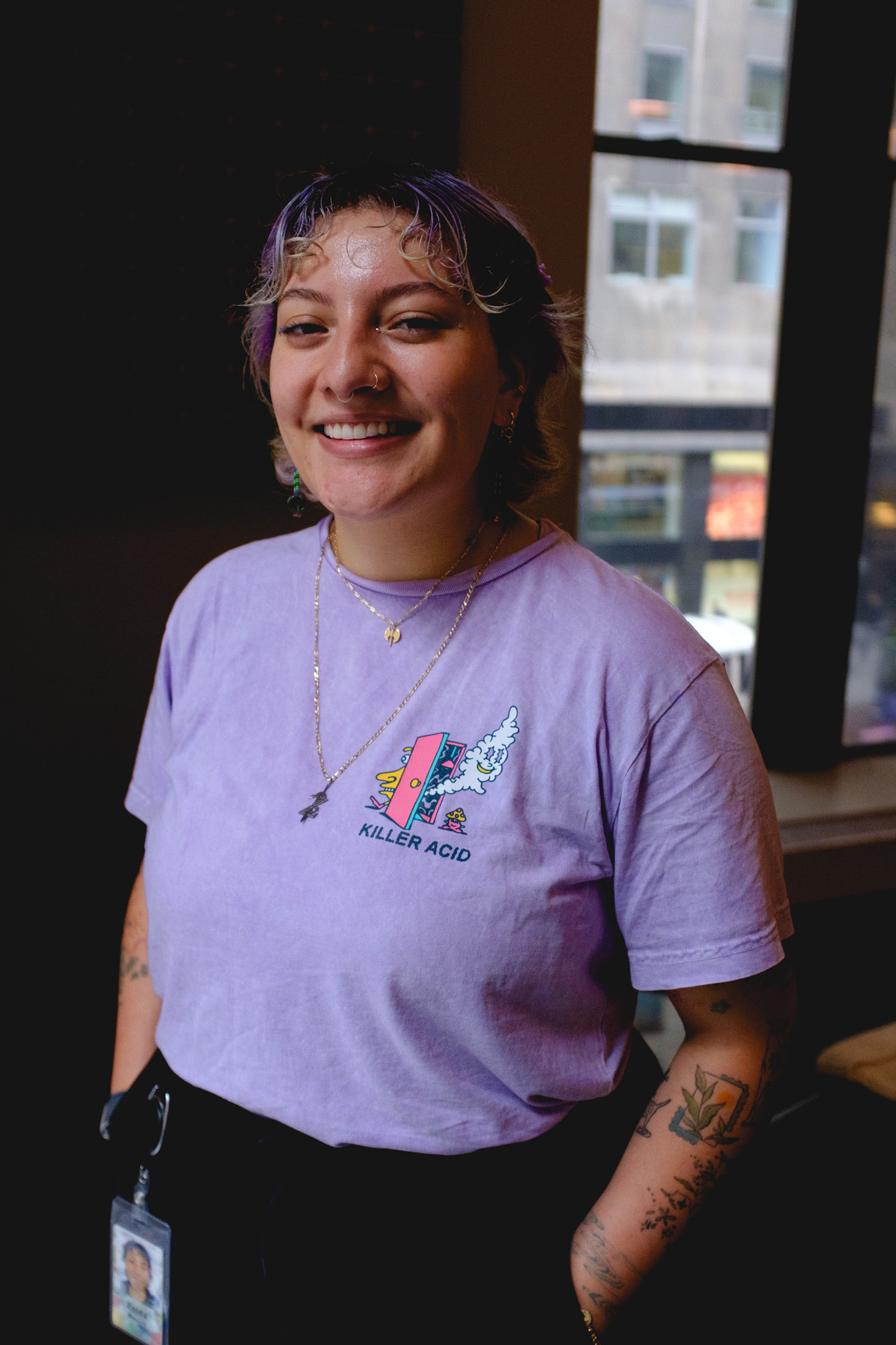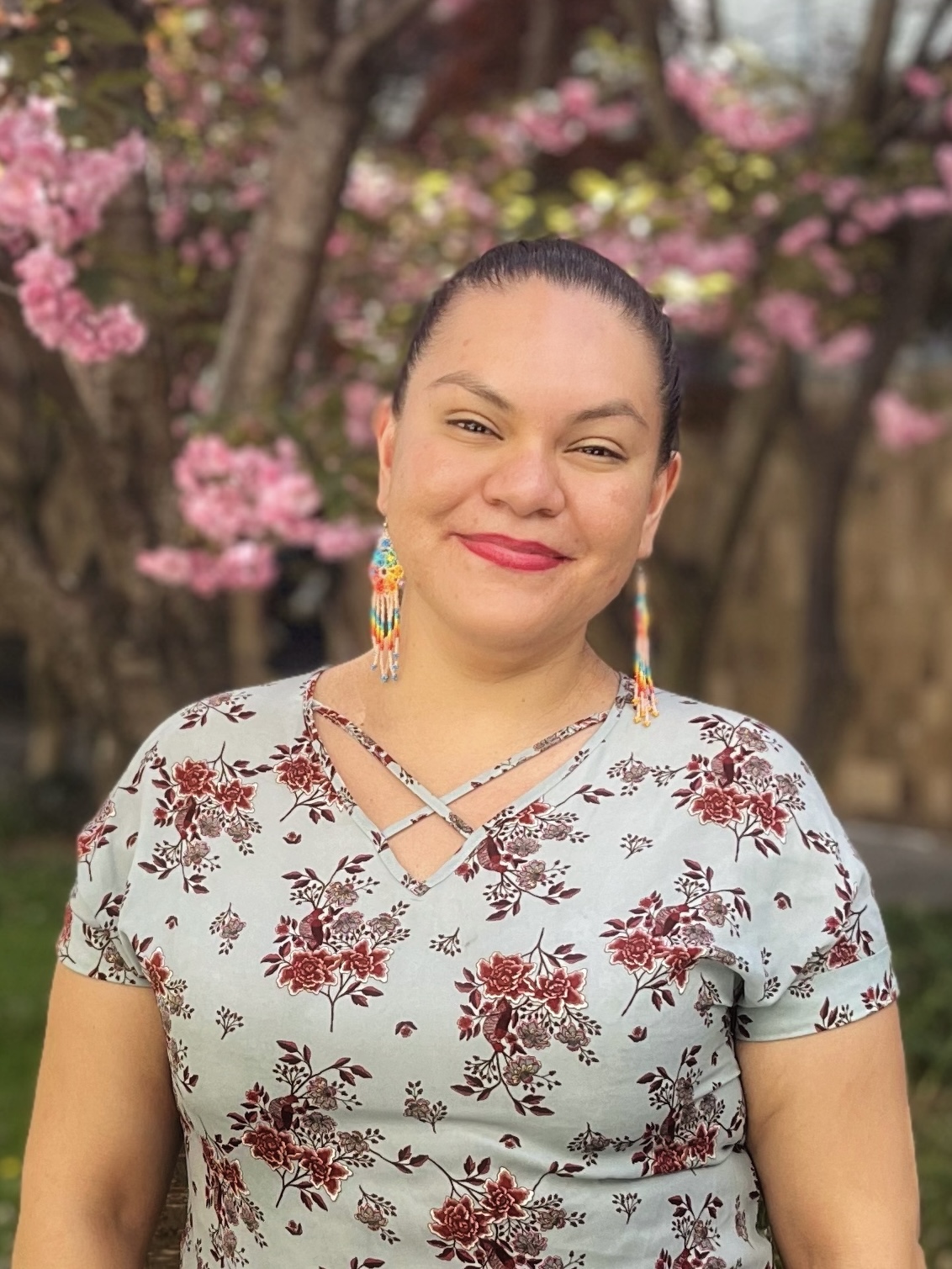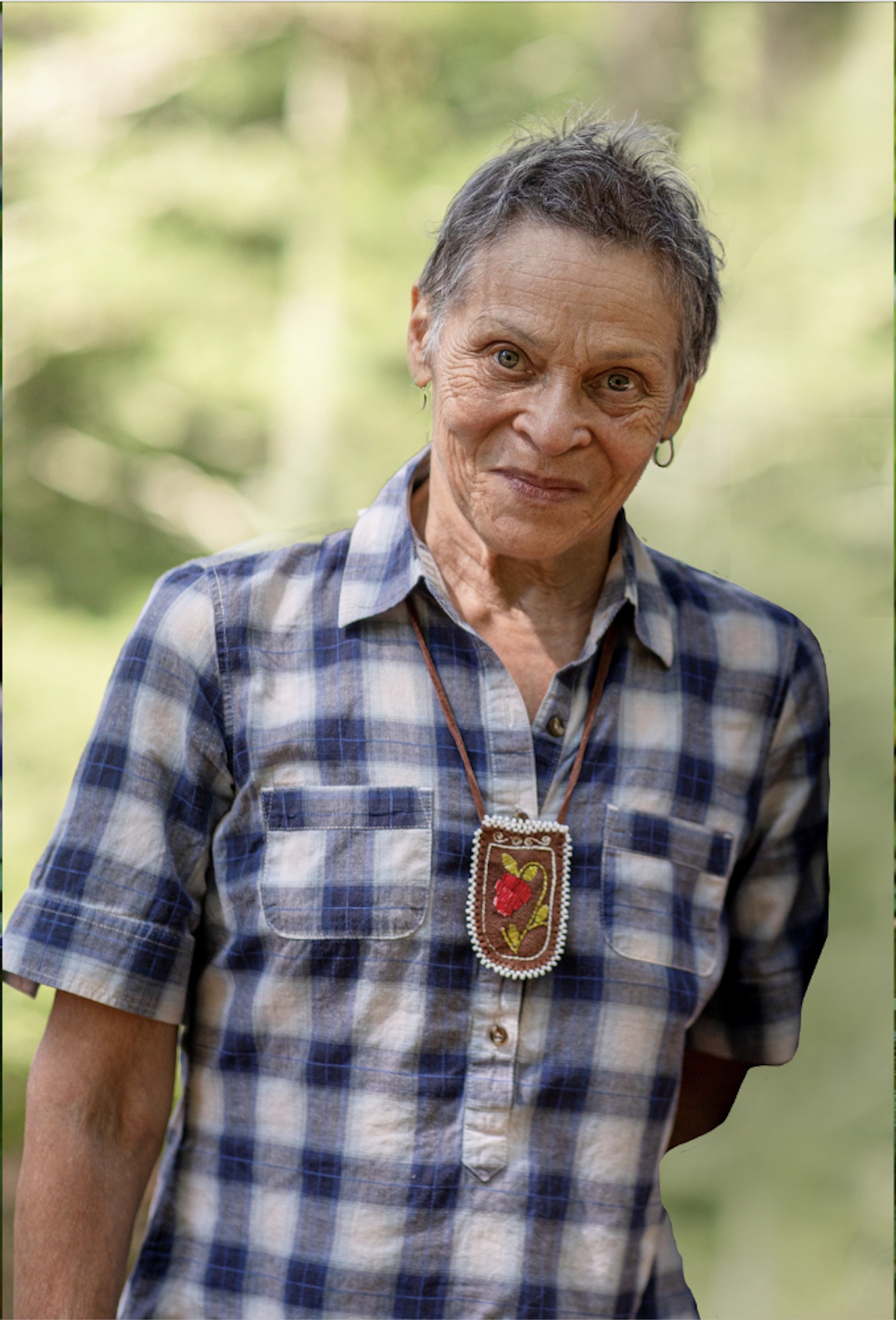THE PROJECT
More Than Surviving is a project by Master’s candidates in the Digital Humanities program at the CUNY Graduate Center. It is, first and foremost, a celebration of Wampanoag political agency, ingenuity, and persistence. Although this project currently focuses on the antebellum era (1815–1861; leading up to the Civil War), at any point in Wampanoag history, there are ample instances of activity that embody a core cultural understanding of the interconnectivity and value of all beings. This underlying worldview comes to life in many different forms—this project seeks to explore its expression via political action.
Project Methods
The Indigenous activists and events featured in this iteration of the project are focused tightly in the years 1832–1850, partially due to the constraint of resources (time), and because this period was an especially active period in the United States for political, social and moral reform activism. The political and social impact of the Second Great Awakening and the industrialization of the nation was on full display via organizations fighting for Indigenous rights, workers’ rights, women’s rights, racial equality, temperance, and the end of slavery—the Wampanoag were right there, not just witnessing, but taking action.
Through this project, we seek to combat the patriarchal disregard of the maternal lineage of Indigenous peoples. As a matrilineal culture, this disregard was particularly harmful to Wampanoag cultural practice. This project also seeks to more fully identify the heritage of activists formally relegated to racial categories of Black or White due to an historic lens confined by a racial binary and concepts of racial purity. In doing so, this project reasserts the value and impact of continued cultural practice that has contributed to the continuous presence of the Wampanoag on their homelands.
The interactive map situates Wampanoag political activities on Wampanoag homelands as documentation of their continued presence—and as a bridge to understanding that this presence extends through to today. The locations are approximate, based on our knowledge of community activities during the era. The timeline offers context in relation to national and state events, demonstrating Wampanoag awareness of the issues of the day, and their participation in the struggles, even when the outcomes did not directly impact their own communities.
The Wampanoag participated in many of the important moments from this era of US history and had direct contact with figures very familiar to both professional and amateur historians—from housing Frederick Douglass as part of the Underground Railroad to publishing Indigenous perspectives in The Liberator, the official newspaper of the American Anti-Slavery Society, and garnering the support of William Lloyd Garrison, its founder.
Beyond the Colonial Period
Most Americans are not aware of the Wampanoag—their impact on American history or their continued presence on their homelands today. They show up in US history during the colonial era; the Wampanoag were on the frontlines of English colonial oppression, as their homelands are situated in eastern Massachusetts including Cape Cod and the Islands and eastern Rhode Island. The “Indians” the pilgrims encountered were the Wampanoag—as were the warriors present at the widely sensationalized first Thanksgiving, yet “Wampanoag” is still an unknown name to most. US history often relegates Indigenous people to background texture by replacing their individual names and cultures with a general “Indians” or by hiding them in plain sight by under-identifying individuals in favor of a strict racial binary with room only for the labels “black” and “white.” By failing to name Indigenous people fully, it becomes easier to situate them exclusively in the past, erasing their continued presence. A faulty and harmful concept of racial purity—“The last of…”— erases the profound and foundational impact of the passage of cultural beliefs and practices, independent of blood quantums, that sustain a people through centuries of oppression as it has the Wampanoag.
A Culture of Connectivity and Care
Wampanoag culture traditionally and in practice acknowledges and speaks to a person’s humanity, not their skin color—with behaviors rooted in an understanding of our interconnectivity. This is evidenced in Massasoit Ousamequin’s (Yellow Feather) generosity and empathy towards the first European settlers at Plimouth. Despite the Europeans immediately stealing winter food caches and robbing burial grounds, Ousamequin chose to help them survive their first winter and offered guidance and support in cultivating and understanding the land. One must imagine the extreme position of empathy and recognition of the desperation of these “others" to allow for such a generous response. This project proposes that, as displayed by Ousamequin, Wampanoag cultural understanding of our interconnectivity with all beings is also evidenced in their rescue of refugees from slavery, their intermarriage and adoption of people of all backgrounds, their defense of communal land practices, and their petitions for racial equality, among other things.
Looking into the future
Looking into the future, we anticipate expanding the project — filling in activities in both directions of the timeline to demonstrate the continuous cultural expression of Wampanoag expressions of agency, ingenuity and persistence. From first contact through to today, there are powerful examples of Wampanoag culture expressed through political activities rooted in the understanding of the interconnectivity of all beings.
We encourage you, particularly Wampanoag tribal members, to reach out with feedback or suggestions via [email protected].
THE TEAM

Majel Peters
CO-PROJECT COORDINATOR, RESEARCH LEAD
Majel Peters is a Mashpee Wampanoag communications professional with 20 years of experience working in marketing and design, and a Master's candidate in the Digital Humanities program at the CUNY Graduate Center. Her passion lies in the art and practice of communication in its many forms, with a special interest in visual design, public history and collective memory. Majel’s work has included the development of strategy, messaging, and creative direction of non- and for-profit organizations and campaigns. Her past clients have included Feeding America, The National Democratic Redistricting Committee (NDRC), Carnegie Hall, Digital Peace Now, Supermajority, Committee to Protect Journalists (CPJ), and Reporters’ Committee for Freedom of the Press (RCFP).
She is currently engaged in refocusing her professional skills through a lens informed by her cultural background. In this spirit, Majel conceived of the public history project More Than Surviving to resurface and celebrate expressions of Wampanoag political agency as evidence of cultural awareness of the interconnectivity of all beings.

Elizabeth Szypulski
CO-PROJECT COORDINATOR, DEVELOPER, RESEARCHER
Elizabeth Szypulski is a Polish-American instructional designer and a first-year student in the Digital Humanities MA program at the CUNY Graduate Center. She has over a decade of experience creating interactive learning tools and developing curriculum for educational, non-profit, and corporate clients. Her research interests include public history and digital learning design for learners who may not be fluent in digital platforms or who may find traditional educational experiences inaccessible or discouraging.
She joined the More Than Surviving team with the goal of contributing to a meaningful public history project and developing her own research and coding skills. She serves as a co-project manager and developer. She is responsible for developing an interactive timeline of Wampanoag activism and assisted with research and front-end implementation.

Zelda Montes
LEAD DEVELOPER, DATA MANAGEMENT DESIGNER
Zelda Marcela Montes is a non-binary Latine software engineer and first-year M.A. student in Digital Humanities at the CUNY Graduate Center. After learning how to code in a high school summer program, Zelda continued pursuing their interest in technology, ultimately graduating from Yale University with a B.A. in Computer Science in May of 2022. Throughout their time at Yale, Zelda worked multiple part-time jobs and served in community roles advocating for underrepresented and marginalized folks in tech during the semester, and worked multiple Software Engineering and Data Science internships during the summers. Zelda’s research interests include urban, gender, and ethnic studies, and they are often looking for ways to bring these areas of passion into the work they do in technology.
Zelda joined More Than Surviving as Lead Developer and Data Management Designer. They are responsible for creating the web application in Python and Django, designing the API to handle PostgreSQL database management, and constructing the interactive map of Wampanoag political events from 1830-1850, using MapBox GL JS and GeoJSON.

Estefany Marlen Gonzaga
VISUAL DESIGNER, COMMUNITY OUTREACH LEAD
Estefany was born in Nezahualcoyotl, Mexico, and works as a Higher Education Professional at the City University of New York. At LaGuardia Community College, she leads the Student Success Mentor Program, ensuring that First Year students receive guidance and support from their peers as they adjust to college life and create online portfolios. Estefany is also pursuing her education and is enrolled in the Digital Humanities program at the CUNY Graduate Center. Estefany is interested in Peer Mentorship, Digital Learning, and Education Technology. In her free time, Estefany loves to take her loved ones on hiking adventures and explore the natural world around her.
Estefany's passion for exploring her Indigenous roots has sparked a deep curiosity about Indigenous peoples in the Americas. She joined the More Than Surviving team project, supporting the Visual Design, Outreach, and Social Media Strategy. She is excited to work with her team and to learn about the Wampanoag people.
ADDITIONAL CONTRIBUTORS

Ramona Peters
CULTURAL ADVISOR
Ramona Peters is the former Tribal Historic Preservation Officer and the current Director of Mashpee Museum and Tribal Archives, of the Mashpee Tribe
She is also the Founder and President of the Native Land Conservancy (NLC)
TOOLS
MAP
MAPBOX GL JS
The map of Wampanoag political activity and activists is powered by Mapbox GL JS, a JavaScript mapping library. The map highlights activism, as well as key locations associated with activists, and allows viewers to make connections between events and activists across various Wampanoag communities. The goal of the map is to reinforce Wampanoag presence in their homeland.
Timeline
TIMELINEJS
The timeline of Wampanoag political activity is powered by TimelineJS, an open source timeline creation tool developed by Northwestern University's Knight Lab. The timeline includes key events in Wampanoag activism from the antebellum period, juxtaposed alongside related events in Massachusetts and United States history. The goal of the timeline is to illustrate the progression and persistence of Wampanoag activism and help viewers place these acts of resistance in the larger context of national events.
Database
POSTGRESQL | GEOJSON | PYTHON | GOOGLE SHEETS
More Than Surviving is powered by a custom-built API that enables seamless integration between the site's database and the data visualized in the interactive map and timeline. For accessibility and ease of future updates, the site database can be updated through a Google Colab notebook that retrieves research data that is put into Google Sheets. In the future, this will allow tribe members and other researchers to easily join and expand the project.